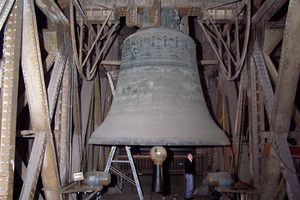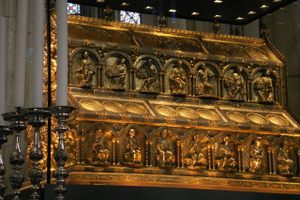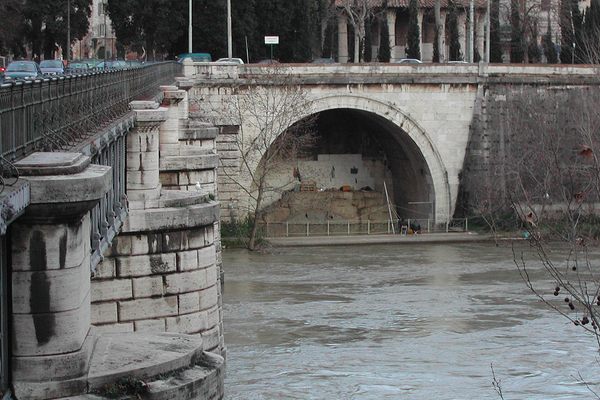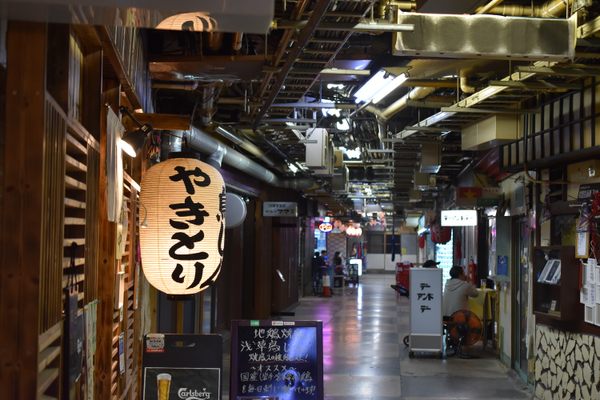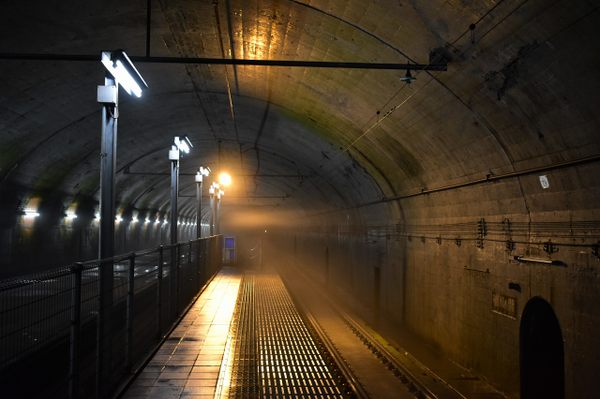About
The original sewerage system in the city of Cologne in western Germany goes way back. It was built during the Roman era, in the first century C.E., and remained almost unchanged for 1,800 years. But as the 19th century pressed on, and the population of the city expanded, the old reliable sewers were overwhelmed.
After some particularly odorous years, the sewers of Cologne were finally modernized, and in 1890, with much fanfare, the new and improved system of waste disposal was on-line. So impressive were the miles of tunnels and channels that Kaiser Wilhelm II was slated to attend the grand opening. In honor of presenting this subterranean splendor to the Emperor of Germany, the city had two elaborate chandeliers installed in a kind of ceremonial hall.
The Chandelier Hall (in German, the Kronleuchtersaal) is actually a structure for stormwater overflow, which they equipped with two 12-armed chandeliers in order to impress the emperor. Wilhelm actually didn’t show, but the chandeliers remained in place until the end of the 1980s. Having rotted out from years hanging in a sewer, they were then replaced by a single white-painted electrified version, a replica of the originals.
A green metal cover locks the entrance unless accompanied. The sewers of Cologne are open to the public for monthly tours from early spring through the fall. And given the impressive acoustics created by the network of chambers and connecting tunnels around the Chandelier Hall, a regular concert series has been going on since the year 2000. It’s a great opportunity to keep your ears open, and maybe your nose closed.
Related Tags
Know Before You Go
The entrance is in the north-central section of Cologne (Köln), a block west of the Rhine, along the Theodor-Heuss Ring Road. The entrance is on the south-east corner of the intersection near the sidewalk. A locked piece of green sheet metal covers the stairs. There are regular concerts in the Hall, as well as occasional guided tours (those are free). Check the website for details, and this year's tour dates.
Published
March 7, 2017




















